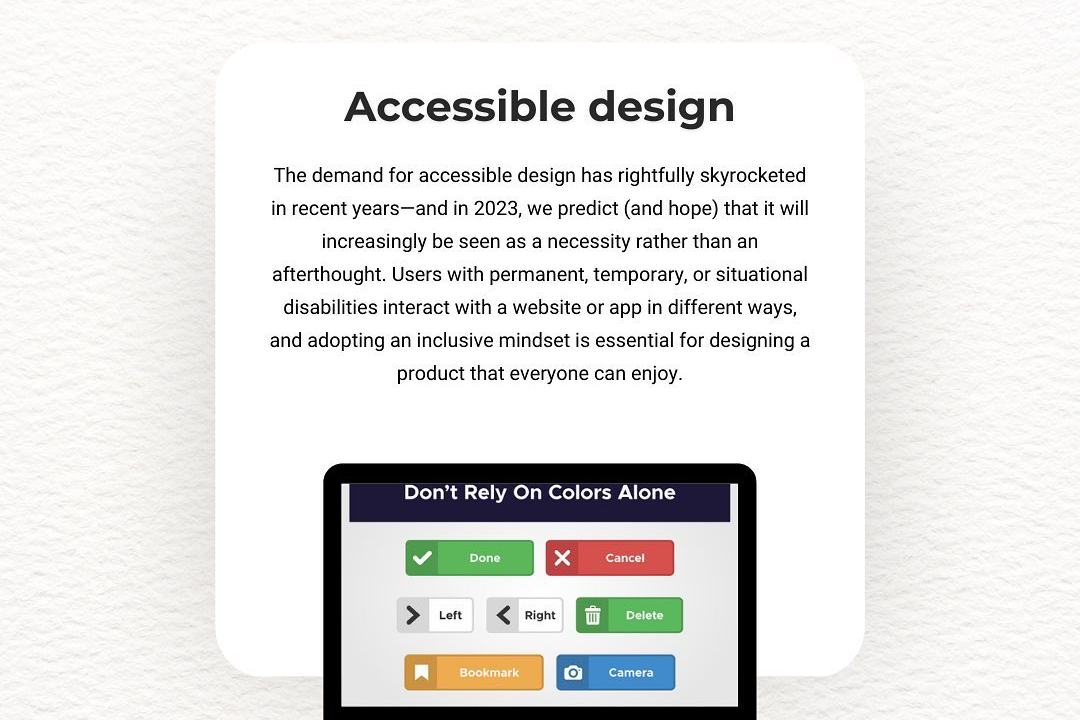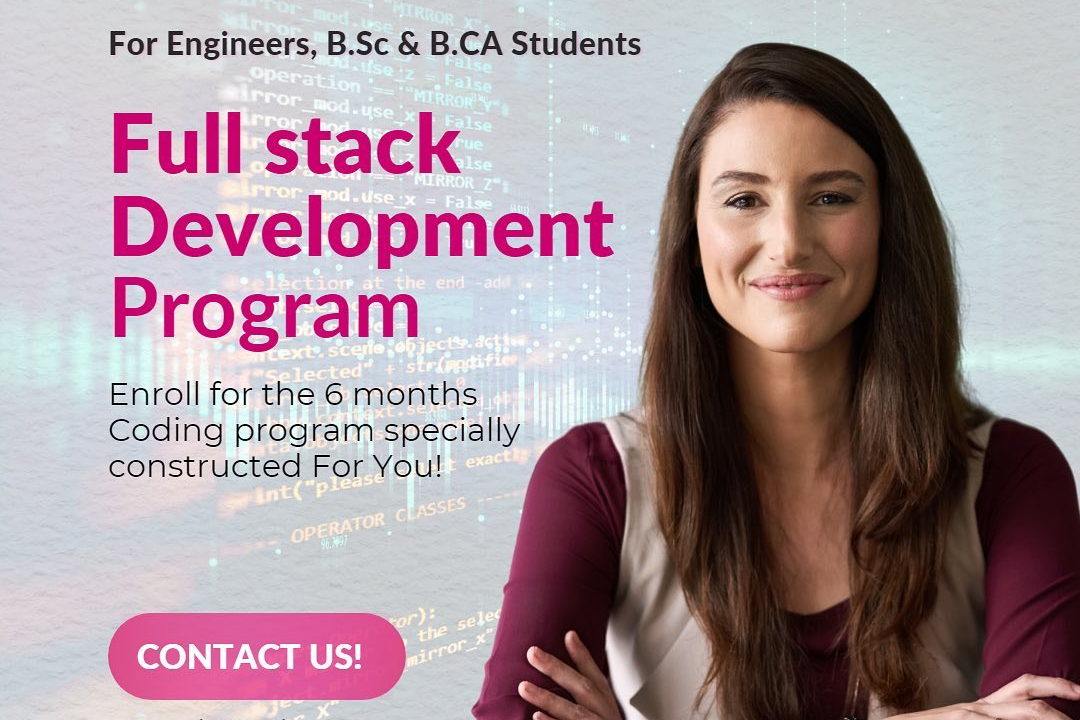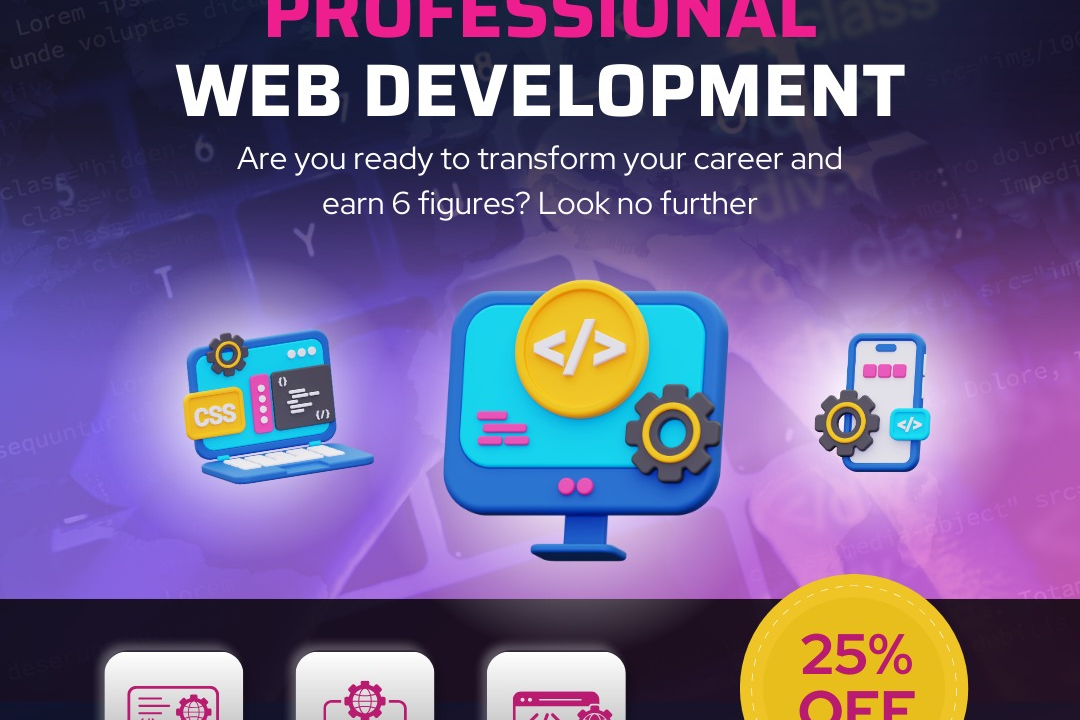Laravel Interview Question Answers
Comprehensive Guide to Common Laravel Interview Questions and Answers
Laravel Interview Question Answers
Laravel is a powerful PHP framework widely used for web application development, and preparing for Laravel interview questions is crucial for candidates seeking roles in backend development. It offers robust features such as a clean syntax, built-in authentication, and a modular packaging system that enhances scalability and maintainability of applications. Familiarity with Laravel's core concepts, such as routing, middleware, and Eloquent ORM, is essential for demonstrating proficiency in building efficient web applications. Additionally, understanding Laravel's community-driven ecosystem, including tools and resources, can significantly impress potential employers, showcasing a candidate's commitment to continuous learning and expertise in modern web development practices. Preparing for these interview questions not only boosts confidence but also enhances one’s ability to articulate practical knowledge effectively.
To Download Our Brochure: https://www.justacademy.co/download-brochure-for-free
Message us for more information: +91 9987184296
1 - What is Laravel?
Laravel is an open source PHP framework designed for web application development. It follows the MVC (Model View Controller) architectural pattern and emphasizes elegant syntax, making the development process smoother and more efficient.
2) What are the benefits of using Laravel?
Laravel offers benefits such as elegant syntax, a robust set of tools for routing, middleware, sessions, and authentication, built in support for unit testing, and an active community that contributes to a rich ecosystem of packages.
3) What is routing in Laravel?
Routing in Laravel allows developers to define application routes in the web.php file, enabling them to map URLs to specific controllers and actions, thus controlling request flow seamlessly within the application.
4) What are Middleware in Laravel?
Middleware in Laravel acts as a bridge between a request and a response, providing a convenient mechanism for filtering HTTP requests entering the application, like authentication, logging, and CORS.
5) What is Eloquent ORM?
Eloquent ORM is Laravel’s built in Object Relational Mapping tool that provides a simple and intuitive ActiveRecord implementation for interacting with the database, allowing developers to define models corresponding to database tables.
6) How do you create a migration in Laravel?
To create a migration in Laravel, you can use the Artisan command `php artisan make:migration create_table_name` which generates a migration file in the database/migrations directory for defining schema changes.
7) What is a Controller in Laravel?
A Controller in Laravel is a class that handles user requests and returns responses. It encapsulates the application's business logic and allows for organized code by grouping related request handling functions together.
8) Explain the concept of Service Providers in Laravel.
Service Providers in Laravel are the central place to configure and bootstrap application services, allowing developers to register services, bind components to the service container, and initialize configuration settings.
9) What are the various ways to access configuration values in Laravel?
You can access configuration values in Laravel using the `config()` helper function or via the `Config` facade, allowing for easy retrieval of settings defined in the config files within the config directory.
10) What is Blade templating engine in Laravel?
Blade is Laravel's powerful templating engine that allows developers to create dynamic views using plain PHP code and provides features like template inheritance, sections, and components for organizing the view hierarchy efficiently.
11 - How can you implement authentication in Laravel?
Authentication in Laravel can be implemented using the built in authentication scaffolding provided by running the command `php artisan make:auth`, which sets up routes and views necessary for user login and registration.
12) What are the advantages of using Laravel Mix?
Laravel Mix is a tool designed to simplify the process of compiling and optimizing CSS and JavaScript assets. It provides a clean API to define build steps and integrates seamlessly with common libraries like Sass, LESS, and Webpack.
13) What is Dependency Injection in Laravel?
Dependency Injection in Laravel is a design pattern that allows a class to receive its dependencies from an external source rather than creating them internally, promoting loose coupling and enhancing code testability.
14) How do you handle errors and logging in Laravel?
In Laravel, errors and exceptions can be handled using a centralized exception handler located in `app/Exceptions/Handler.php`, and logging can be managed using Laravel’s built in logging capabilities, which support multiple channels such as files, syslog, and more.
15) What is the purpose of the .env file in Laravel?
The .env file in Laravel is used for storing environment specific configuration settings, such as database credentials and API keys, allowing developers to easily adjust configurations across different environments without modifying the code.
16) What is the Laravel Artisan CLI?
Laravel Artisan is a command line interface included with Laravel, providing a set of tools and commands that can help automate repetitive tasks, manage migrations, create controllers, and generate boilerplate code.
17) How do you implement validation in Laravel?
Validation in Laravel can be easily implemented using the `validate()` method in a controller, or by creating custom request classes that define validation rules, ensuring that user input meets specified criteria before processing.
18) What is the significance of the service container in Laravel?
The service container in Laravel is a powerful dependency injection container that manages class dependencies and performs dependency injection, allowing for more flexible and maintainable applications.
19) What are Laravel Events and Listeners?
Laravel Events and Listeners offer a way to implement the observer pattern in applications, enabling developers to decouple various parts of their application and make it easier to manage tasks such as logging or notification when specific actions occur.
20) Explain the concept of queues in Laravel.
Queues in Laravel provide a mechanism for deferred execution of tasks, which allows for handling time consuming operations (like sending emails) in the background without slowing down the application's response time.
21 - What is the use of Laravel Jobs?
Jobs in Laravel are lightweight tasks that can be queued for later execution. They are typically used for background processing and allow developers to handle deferred tasks efficiently, utilizing the queue system to manage workload.
22) What are the differences between Route::get() and Route::post() in Laravel?
`Route::get()` is used to handle HTTP GET requests, which are typically used for retrieving data, while `Route::post()` is used to handle HTTP POST requests, commonly utilized for submitting data to be processed, like form submissions.
23) How does Laravel's built in authentication works?
Laravel's built in authentication system provides a secure and easy way to implement user login and registration functionalities, featuring a user model along with methods for registration, password reset, and user authentication management.
24) What are Form Requests in Laravel?
Form Requests are custom request classes in Laravel that encapsulate validation logic for incoming HTTP requests, making it easy to cleanly separate validation rules and authorization logic from controllers.
25) What is the purpose of Config Caching in Laravel?
Config Caching in Laravel optimizes application performance by storing configuration files in a single cached file, reducing the need for filesystem reads and enhancing load times for applications in production environments.
26) How can you create API routes in Laravel?
API routes can be created in Laravel by defining them within the `routes/api.php` file, allowing for separation of web routes from API routes, normally stateless and prefixed with `/api`.
27) What are Laravel Policies?
Policies in Laravel are a way to organize authorization logic around a particular model or resource, providing a clean and intuitive way to encapsulate authorization rules and enforce access control in applications.
28) Explain how to utilize resource controllers in Laravel.
Resource controllers in Laravel provide a convenient way to handle common CRUD operations in a RESTful manner, allowing developers to define routes grouped around a single resource and automatically associate them with controller methods.
29) What is caching in Laravel, and how is it implemented?
Caching in Laravel helps improve application performance by storing data and assets in the cache, and it can be implemented using various backends like Redis or Memcached by utilizing Laravel’s cache facade for easy interaction.
30) How does Laravel handle localization?
Laravel handles localization through its built in localization features, allowing developers to define language specific content in language files and set the application's locale for seamless multilingual support.
31 - What is the purpose of Laravel’s HTTP Middleware?
Laravel’s HTTP Middleware provides a mechanism to filter HTTP requests entering the application, allowing you to modify or inspect the request and response before they are handled by your application.
32) How to use Phinx or Laravel Migrations for Database Version Control?
Phinx is a standalone migration tool that can be utilized with Laravel or independently to handle database schema changes, while Laravel’s migration system allows for defining schema changes directly in PHP code to keep track of database versions and facilitate rollbacks.
33) What are Laravel Blade Components?
Laravel Blade Components are reusable units of HTML combined with PHP, allowing developers to create custom UI components that encapsulate both state and behavior, promoting modular design in applications.
34) Explain how to use Laravel’s built in Task Scheduling feature.
Laravel’s Task Scheduling feature enables easy management of cron jobs within the application, allowing developers to define scheduled tasks in the `app/Console/Kernel.php` file and automate recurring operations without needing to edit the server's crontab.
35) What are the available methods for sending notifications in Laravel?
Laravel supports multiple channels for sending notifications, such as SMS, email, Slack, and database notifications, providing a unified way to send alerts and messages to users through various mediums.
36) What are the differences between a GET request and a POST request?
GET requests are used to retrieve data and can be cached, bookmarked, and have a length limit on the data sent; POST requests are used to submit data to be processed, not cached, and allow for larger amounts of data to be sent.
37) How to define relationships in Eloquent Models?
Relationships in Eloquent models can be defined using methods like `hasOne`, `hasMany`, `belongsTo`, and `belongsToMany`, allowing for easy association and retrieval of related data across different models.
38) What is the significance of the ‘config/app.php’ file in Laravel?
The ‘config/app.php’ file serves as the main configuration file for a Laravel application, containing settings related to the application’s name, environment, debug mode, timezone, locale, and various service providers.
39) How can you seed a database in Laravel?
You can seed a database in Laravel by creating seed classes using the Artisan command `php artisan make:seeder SeederName`, defining the data to be inserted in the `run()` method, and running the seeder with the `db:seed` Artisan command.
40) What are policies and gates in Laravel?
Policies are classes that organize authorization logic around specific models, while gates are simple, closure based authorization checks that help control user access to various actions throughout the application.
Course Overview
The “Laravel Interview Question Answers” course is designed to equip learners with the knowledge and skills needed to excel in job interviews focused on Laravel, a popular PHP framework. This comprehensive course covers a wide range of essential topics, including routing, middleware, Eloquent ORM, validation, and migration, along with practical answers to frequently asked questions. Participants will engage with real-world scenarios and projects, enhancing their understanding and confidence in Laravel. By the end of this course, attendees will not only be well-prepared to tackle technical interviews but also gain a deeper insight into Laravel's architecture and best practices, making them valuable assets in any development team.
Course Description
The “Laravel Interview Question Answers” course is meticulously crafted for developers aspiring to ace their Laravel job interviews. This course provides an in-depth exploration of key Laravel concepts, including routing, middleware, Eloquent ORM, and validation, along with a compilation of commonly asked interview questions and their detailed answers. Participants will engage in hands-on projects that reinforce their understanding and application of Laravel's features, preparing them to confidently respond to technical queries. By the end of the course, learners will have a robust grasp of Laravel, enabling them to demonstrate their expertise and problem-solving abilities in any interview setting, ultimately positioning them for success in their careers.
Key Features
1 - Comprehensive Tool Coverage: Provides hands-on training with a range of industry-standard testing tools, including Selenium, JIRA, LoadRunner, and TestRail.
2) Practical Exercises: Features real-world exercises and case studies to apply tools in various testing scenarios.
3) Interactive Learning: Includes interactive sessions with industry experts for personalized feedback and guidance.
4) Detailed Tutorials: Offers extensive tutorials and documentation on tool functionalities and best practices.
5) Advanced Techniques: Covers both fundamental and advanced techniques for using testing tools effectively.
6) Data Visualization: Integrates tools for visualizing test metrics and results, enhancing data interpretation and decision-making.
7) Tool Integration: Teaches how to integrate testing tools into the software development lifecycle for streamlined workflows.
8) Project-Based Learning: Focuses on project-based learning to build practical skills and create a portfolio of completed tasks.
9) Career Support: Provides resources and support for applying learned skills to real-world job scenarios, including resume building and interview preparation.
10) Up-to-Date Content: Ensures that course materials reflect the latest industry standards and tool updates.
Benefits of taking our course
Functional Tools
1 - Laravel Framework
The primary tool utilized in the ‘Laravel Interview Question Answers’ course is the Laravel framework itself. Known for its elegant syntax and robust features, Laravel simplifies web application development by providing developers with a range of tools that streamline various tasks. It offers built in functionalities such as routing, authentication, caching, and session management, allowing students to build secure and scalable applications efficiently. Familiarity with Laravel's features equips students to better respond to interview questions and demonstrate their understanding of modern web development practices.
2) Composer
Composer is a dependency management tool for PHP, crucial for managing libraries and packages required for Laravel projects. In the course, students learn how to use Composer to install and update libraries seamlessly. This tool helps maintain project consistency by ensuring that the correct versions of dependencies are installed. Understanding Composer is vital for Laravel developers, as it emphasizes the importance of modular programming and the ease of integrating third party tools into their applications.
3) PHP Development Environment
To effectively work with Laravel, students are trained to set up a local PHP development environment using tools like XAMPP or Laravel Valet. This setup provides a platform to run PHP applications and interact with databases. Students gain hands on experience configuring their environments, managing database connections, and utilizing PHP’s capabilities effectively. The development environment serves as a critical space for students to implement and test their Laravel applications, ensuring they are equipped to address common issues that may arise during development.
4) Database Management Systems
The course includes training in using database management systems, primarily MySQL, along with Laravel's Eloquent ORM (Object Relational Mapping). Students learn how to perform CRUD (Create, Read, Update, Delete) operations efficiently and work with complex queries. The integration of Eloquent allows for a more fluid interaction between the application and the database, making data manipulation intuitive. By mastering database management, students can handle data related interview questions with confidence, showcasing their ability to design and optimize relational databases effectively.
5) Version Control with Git
Understanding version control is vital for today’s collaborative software development environments. Students in the course learn to use Git, a widely adopted version control system, to manage their codebase effectively. They are trained in essential Git commands for creating branches, merging code, and tracking changes over time. This knowledge not only helps students manage their projects but also prepares them for real world scenarios where collaboration and version control are crucial. By becoming proficient in Git, students can demonstrate their preparedness for teamwork and agile development processes during interviews.
6) Integrated Development Environments (IDEs)
The course introduces students to popular IDEs, such as PHPStorm or Visual Studio Code, which enhance productivity by providing a range of tools like syntax highlighting, debugging support, and code completion. Familiarity with an IDE streamlines the coding process, making it easier for students to write, test, and debug their Laravel applications. Consequently, mastering an IDE allows students to focus on writing high quality code efficiently, providing them with a technical edge during technical interviews. Additionally, using an IDE prepares students for industry standards, where such tools are commonplace.
7) Understanding MVC Architecture
A core component of the Laravel framework is its adherence to the Model View Controller (MVC) architectural pattern. In the course, students explore how MVC helps structure applications in a way that separates the business logic (Model), presentation layer (View), and user input (Controller). This separation facilitates maintainability and scalability, allowing developers to work on different aspects of the application simultaneously. By understanding MVC, students can articulate the benefits of organized code structure during interviews, showcasing their ability to build robust applications.
8) Middleware Concepts
The course covers the concept of middleware in Laravel, which serves as a bridge between a request and a response. Students learn how to create and apply middleware for tasks such as user authentication, logging, and input validation. Understanding middleware equips students with the skills needed to manage application flow and enhance security measures. During interviews, this knowledge enables students to discuss how middleware can be used to control access and manipulate requests, illustrating their grasp of Laravel's security features.
9) Routing in Laravel
Routing is a crucial aspect of web development, and Laravel's expressive routing system simplifies it for developers. In the course, students learn to create routes for various application endpoints, handling GET, POST, PUT, and DELETE requests. They explore route parameters, named routes, and grouping routes to maintain cleaner code. Proficiency in routing enables students to design RESTful APIs and discuss routing strategies confidently during interviews, demonstrating their ability to manage application navigation effectively.
10) Authentication and Authorization
The course provides a comprehensive overview of implementing authentication and authorization in Laravel applications. Students learn how to use Laravel's built in authentication system, creating user registration, login, and password reset functionalities. They also explore role based access control to manage user permissions effectively. Understanding authentication and authorization not only enhances security in applications but also prepares students to answer interview questions related to user management and data protection strategies.
11 - Testing with PHPUnit
Quality assurance is essential in software development, and the course introduces students to testing in Laravel using PHPUnit. They learn how to write unit tests and feature tests to ensure their applications function as intended. By grasping testing methodologies and best practices, students can confidently discuss the importance of testing during interviews, demonstrating their commitment to delivering reliable code. Additionally, knowledge of testing prepares students for more complex programming environments, where maintaining code quality is paramount.
12) RESTful API Development
As the demand for API driven applications grows, the course emphasizes the creation of RESTful services using Laravel. Students learn to structure APIs, handle requests and responses, and implement API versioning. They gain hands on experience in creating endpoints and managing data formats like JSON. By mastering RESTful API development, students can effectively discuss API integration and web service development during interviews, showcasing their readiness for roles requiring API expertise.
13) Deployment and Hosting
The course covers the essential steps for deploying Laravel applications to production environments. Students learn about various hosting options, how to configure servers, and optimize applications for performance. Topics include environment configuration, database setup, and caching strategies. Understanding deployment processes enables students to navigate real world challenges and discuss deployment strategies during interviews, giving them a competitive edge as they seek employment opportunities.
14) Laravel Ecosystem and Packages
Laravel boasts a rich ecosystem of tools and packages that enhance development capabilities. In this course, students explore popular packages such as Laravel Forge, Scout, and Cashier, understanding how to leverage these tools to improve their projects. By being knowledgeable about the Laravel ecosystem, students can demonstrate a deeper understanding of the framework's capabilities during interviews, showcasing their readiness to utilize the latest tools in modern application development.
15) Real time Project Development
Real time project work is an integral part of the course, allowing students to apply their knowledge by developing actual applications using Laravel. This hands on experience helps them grasp the challenges developers face in real world scenarios, enhancing their problem solving skills. Completing a real time project enables students to create a portfolio piece they can showcase during interviews, illustrating their practical skills and their ability to contribute effectively to development teams.
Browse our course links : https://www.justacademy.co/all-courses
To Join our FREE DEMO Session:
This information is sourced from JustAcademy
Contact Info:
Roshan Chaturvedi
Message us on Whatsapp: +91 9987184296
Email id: info@justacademy.co
ios fundamentals interview questions 11.0 FRESHERS
Mobile User Engagement Strategies
interview questions for ios with 6 MONTH EXPERIENCE
Java Telephone Interview Questions In File Io In Javatpoint











